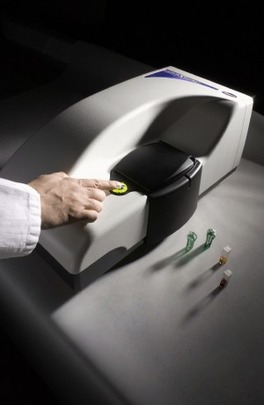
A team from South Florida University is using the Zetasizer Nano ZS from Malvern Instruments to research protein aggregation phenomena, including protein crystallisation and amyloid fibril growth.
Using the Zetasizer Nano ZS, the researchers from the university's Department of Physics have been able to perform the temperature-controlled static and dynamic-light-scattering (DLS) measurements of protein hydration, protein interactions and aggregation kinetics in vitro.
According to Dr Martin Muschol, assistant professor of the Department of Physics at South Florida University, the instrument has enabled his team to monitor the effect on the hydration of proteins by salt ions in solution, measuring the hydrodynamic radius of proteins down to plus or minus one tenth of the diameter of a water molecule.
'We found that neither chaotropic or cosmotropic salt ions affected overall protein hydration up to salt concentrations of 1M,' he said.
Data gathered by Muschol and his team will be used to develop models for protein fibril formation - a behaviour thought to trigger degenerative diseases, such as Alzheimer's disease or Parkinson's disease.
He said: 'Despite intensive research efforts, we still don't understand how proteins can stay in solution in a crowded cellular environment and what triggers their aggregation and subsequent pathological changes.
'We hope our research will contribute to resolving these basic puzzles,' added Muschol.
His team has also used the Zetasizer Nano ZS to study the nucleation of gold nanoparticles.
Unlike static light measurements commonly used to detect nucleation events, DLS separates out the background scattering from small molecular species in gold sols.
Therefore, DLS was able to detect nucleation at an earlier stage than has been possible with other approaches.
The Zetasizer Nano ZS offers sensitivity down to submicron and nanometre scales.
The system's ability to control temperature is important when following the behaviour of polymers and protein samples, according to Malvern.




